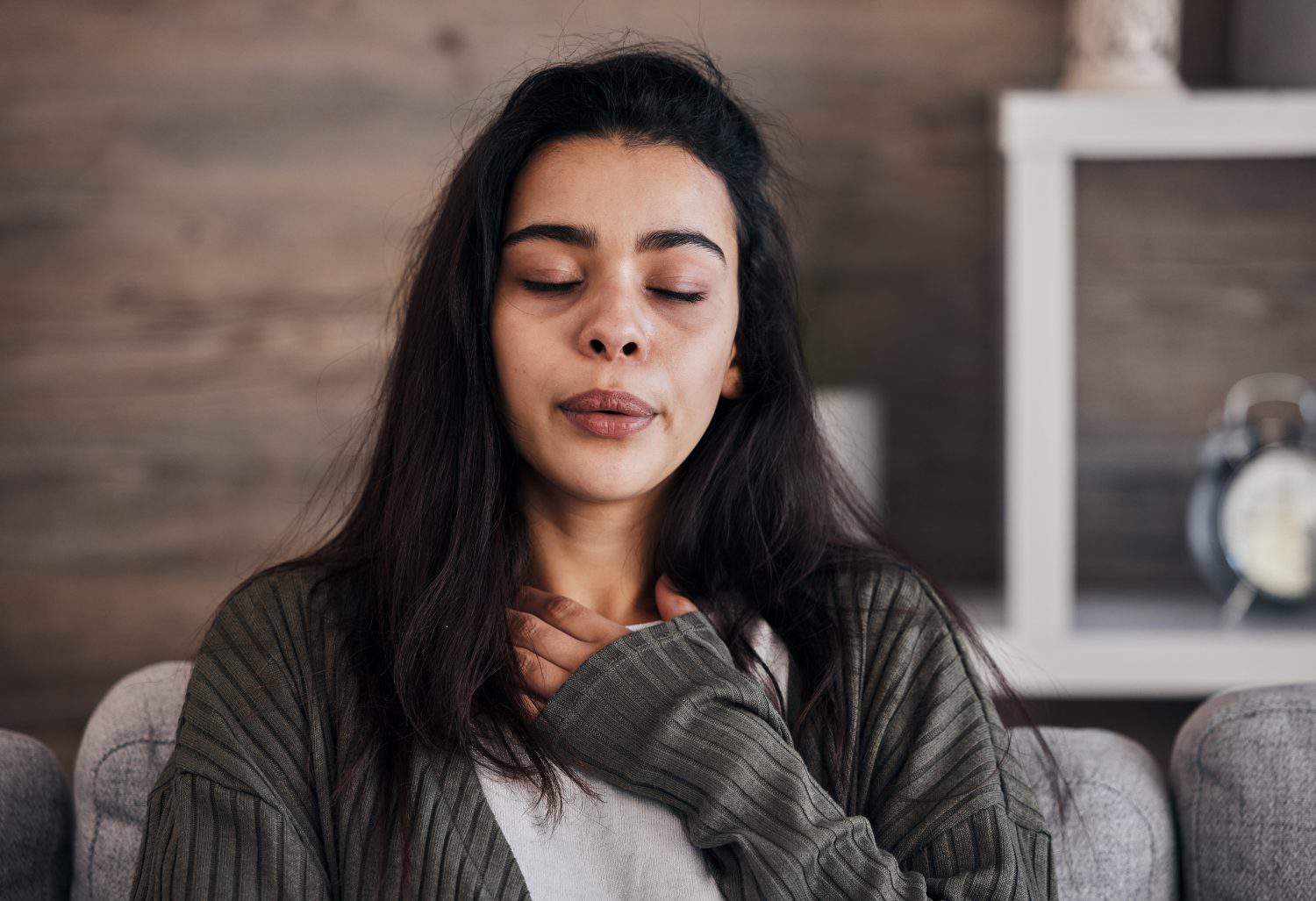You’ve had moments when the butterflies in your stomach feel like they have dagger-lined wings. You’ve also had moments so low that you can only find comfort when you’re alone in bed. These are the moments when the world around you is just a foggy memory.
While these experiences are a part of life, sometimes they linger and transform into mood disorders. Anxiety and depression are two umbrella terms used to describe a range of mood disorders. With anxiety, there are intense, racing, catastrophic thoughts to deal with. With depression, your mood drops, you move slower, and you tend to withdraw and go numb.
There are also some overlapping symptoms. For example, people with depression or anxiety report digestive upset. They also report difficulty with sleep and changes in appetite, which often lead to weight changes. Additionally, both disorders cause difficulty when it comes to concentration and an overall sense of irritability or discontent. These mood disorders don’t always occur at the same time but WebMD reports that “about 60% of people with anxiety also have symptoms of depression, and vice versa.”
When these conditions co-occur, the treatment options vary. In all cases, talk therapy is recommended to develop coping mechanisms and learn new ways to manage symptoms. Whether you have depression or anxiety (or both), there are counseling options that help. Some of those options include problem-solving therapy, interpersonal therapy, and cognitive behavioral therapy (CBT). Though you may feel hopeless at times, there is a way through to the other side with well-managed symptoms and a lifted spirit.
To put together a list of the differences between anxiety and depression, 247 Tempo reviewed several sources, including Medical News Today and WebMD for clarification on the symptoms related to each mood disorder. (Also See 10 Surprising Benefits of Medical Marijuana You Need to Know)
Difference #1: Criteria for Diagnosis

Male doctor counseling mature patient in waiting room. Medical professional is listening to ill man while holding digital tablet in hospital. They are sitting on seat.
With anxiety, a doctor looks at certain criteria to determine which type of anxiety disorder you might have. They’re looking for the onset of certain symptoms to determine whether you have generalized anxiety disorder, panic disorder, a social anxiety disorder, a phobia, or even separation anxiety disorder. Once you have a diagnosis, your doctor develops a treatment plan.
With depression, your doctor first rules out any medical causes and then considers your symptoms. This way, they can provide you with a proper diagnosis, whether it’s postpartum depression, seasonal affective disorder, major depressive disorder, or psychotic depression. You may even be diagnosed with both anxiety and depression.
Difference #2: Emotional and Mental Symptoms
With anxiety, the emotional and mental symptoms include feelings of fear and worry. There is a heart-sinking feeling along with concern over what might happen in the future. Many times, people with anxiety plan worst case scenarios and feel the emotional turmoil of those scenarios as if they were actually happening.
With depression, emotions are numbed. People with depression feel a bit removed from their reality and may appear checked out to others. They are overwhelmed by feelings of sadness and despair and have a hard time finding a light at the end of the tunnel.
Difference #3: Physical Symptoms
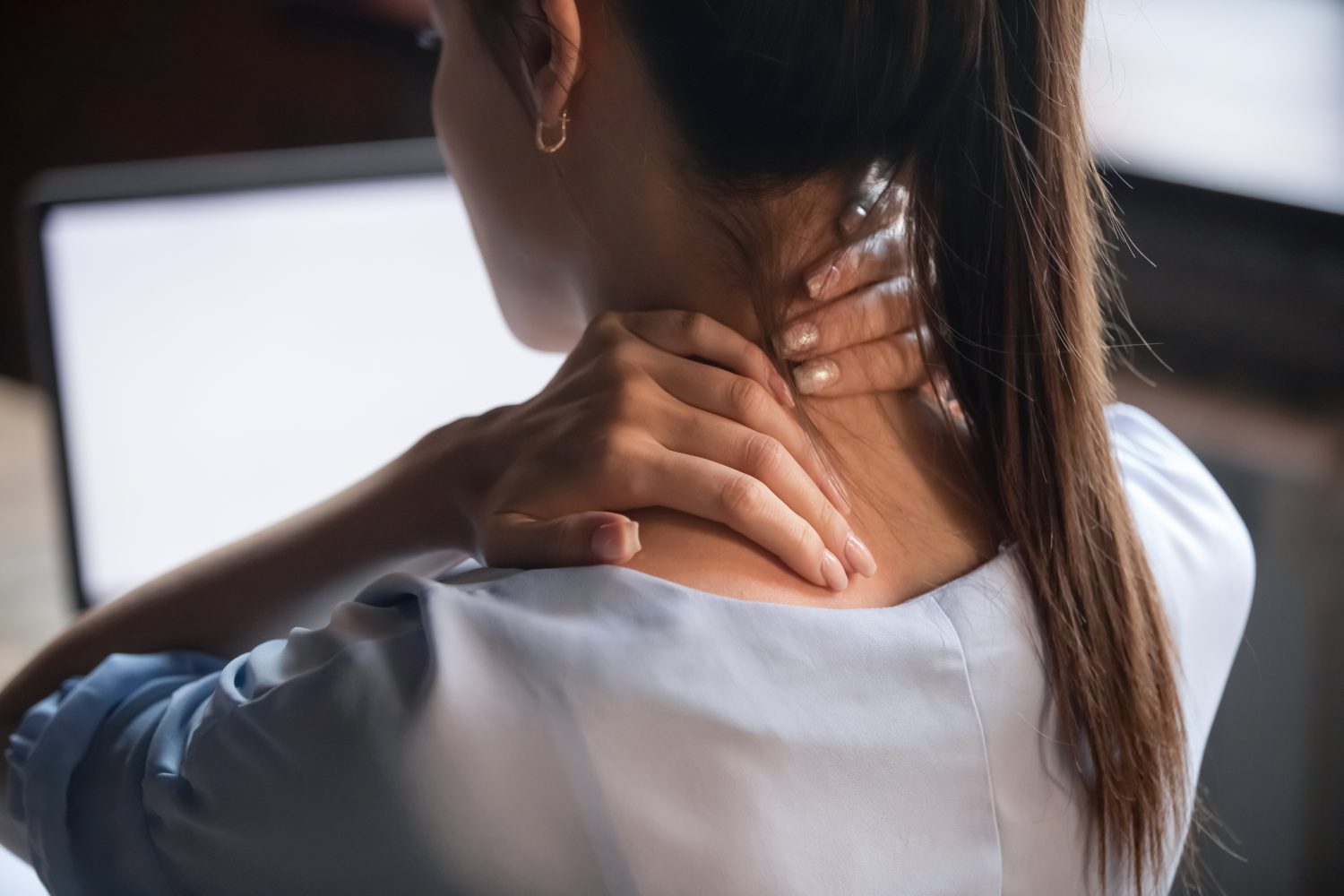
Anxiety brings on a host of uncomfortable feelings in the body. There can be muscle tension that leads to aches and pains and there can be restlessness, which prevents someone from sitting still. A person with anxiety can experience a rapid heartbeat, they could be shaky, and they could be sweaty as well. Often, anxiety is linked to tummy troubles as well.
With depression, the physical symptoms usually involve changes to your appetite. This might mean that you’re eating much more than usual or hardly eating anything at all. People with depression also experience fatigue, aches and pains in their body, and trouble with sleep. In some cases, a person with depression may sleep too much or have trouble sleeping.
Difference #4: Thought Patterns
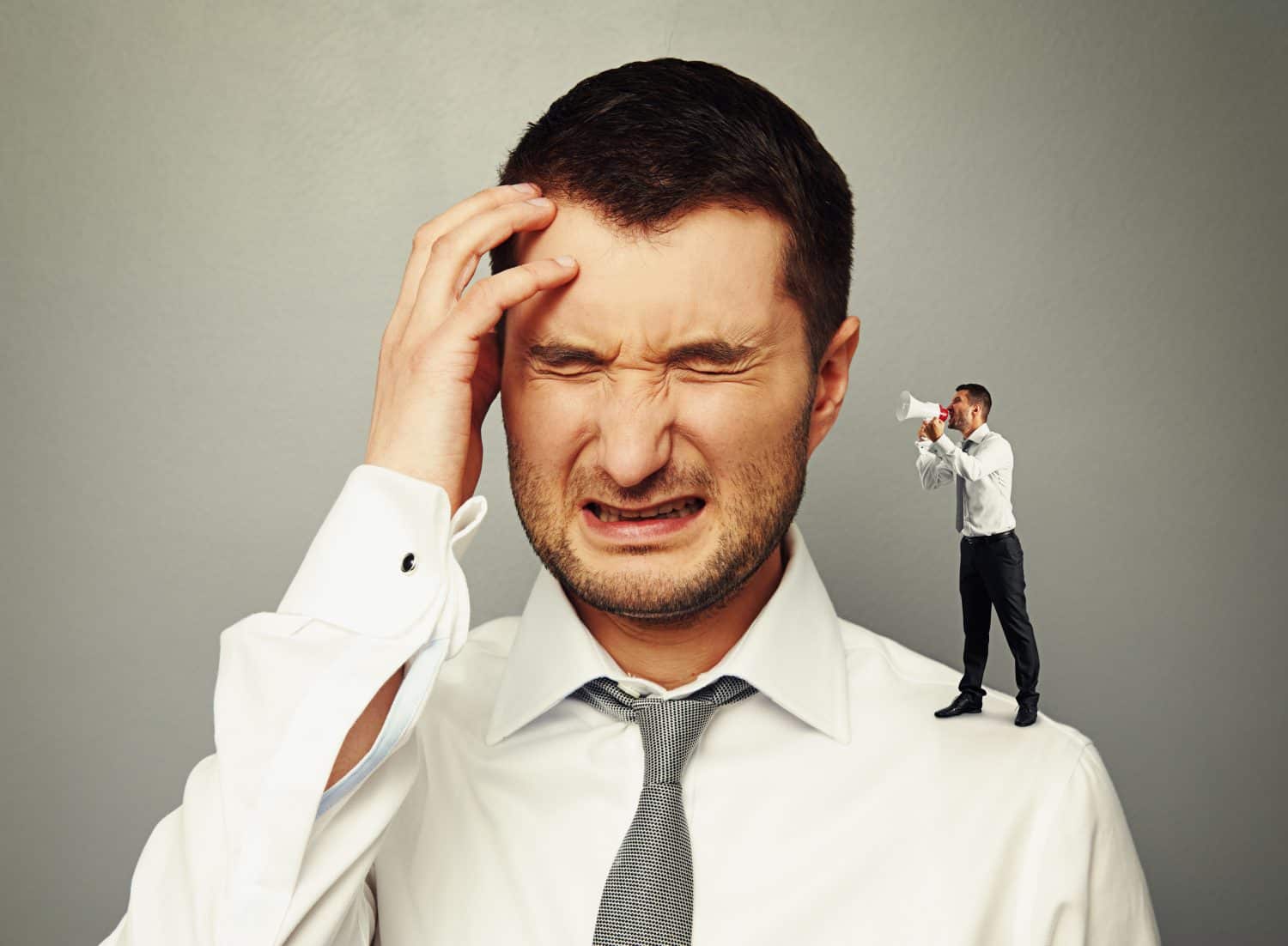
The thought patterns of a person with anxiety tend to involve rumination, constantly going over a scenario in their minds. Their thinking tends to be catastrophic and they’re constantly feeling the anticipation of future, potentially awful events. Their thoughts tend to race and often, they are afraid that something injurious or deadly might happen.
When you have depression, your thought patterns are considerably slowed. Typically, these thought patterns are negative and focused inward. You can be highly self critical, incessantly putting yourself down. You might feel guilty for past wrongdoings, and you may have an overall sense of worthlessness, keeping a negative outlook even when your attention is turned outward.
Difference #5: Stress Response
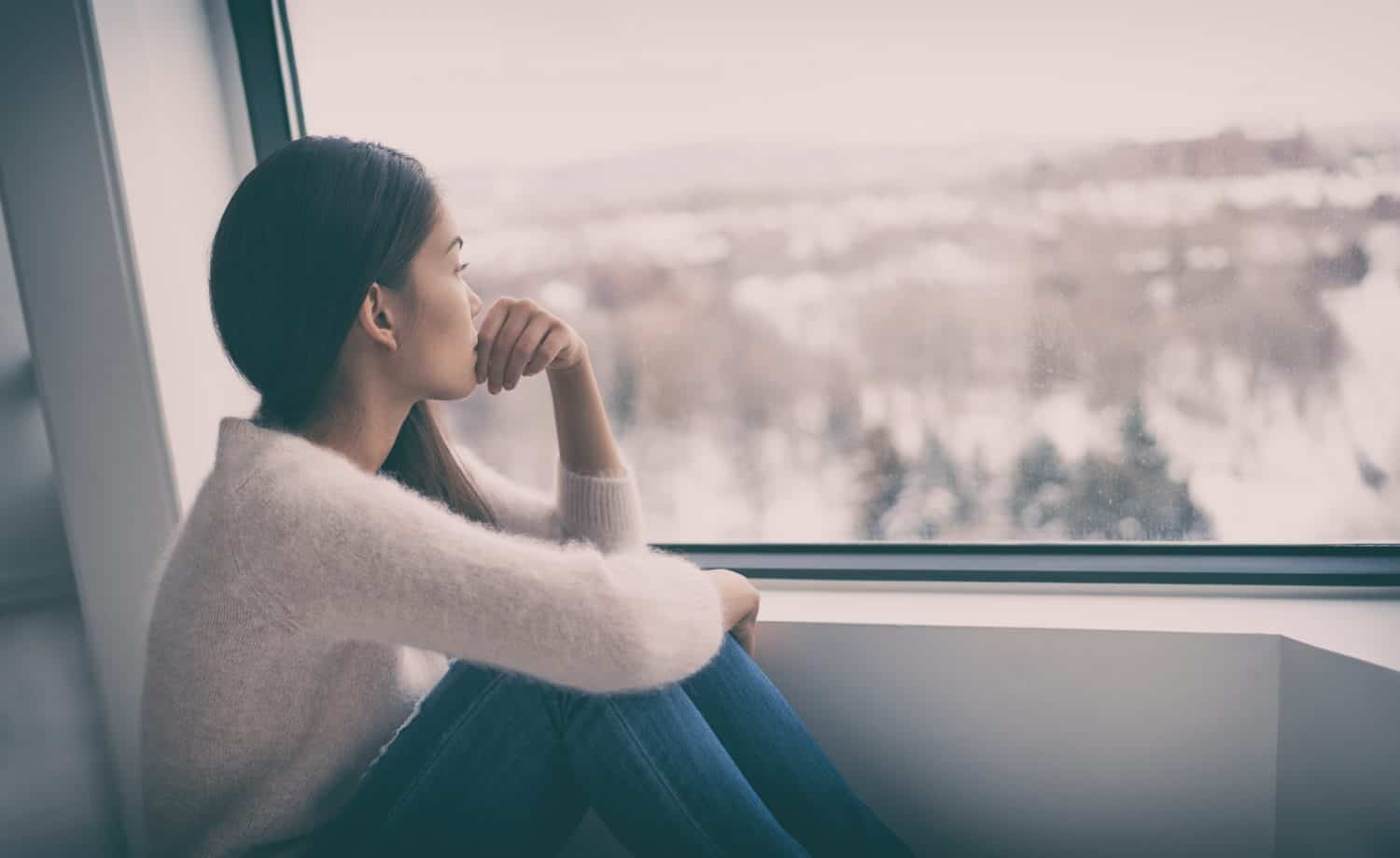
When you have anxiety, your response to stress typically leads to even more chaos in your mind. Without a solid coping mechanism, thoughts may spiral out of control. You might be more reactive than usual, and you may be feeling more hypervigilant than usual as well.
When you have depression, you’re unable to cope with stressors. Instead, you tend to withdraw and isolate yourself. People with depression tend to want to flip the switch to “off” to the rest of the world while they huddle under covers in the only place they feel safe.
Difference #6: Mood Changes

With anxiety, you experience certain mood fluctuations. Usually, these are triggered by certain events. For example, if your anxiety disorder is related to a traumatic event, a trigger may lead to a panic attack or feelings of intense anxiety that take a while to subside.
With depression, your mood isn’t fluctuating the way it does when panic is triggered by anxiety. Instead, it’s typically a low mood state that remains steadily low and doesn’t have any big spikes or differences day to day.
Difference #7: Energy Levels

People with anxiety tend to operate with a sense of urgency. They may seem a bit chaotic or nervous and their energy may also demonstrate heightened arousal. People with anxiety may also demonstrate restlessness with constant movement.
People with depression are the opposite. They don’t have a sense of urgency, they have a decreased motivated state, they have low energy, and they lose interest in the activities they once enjoyed.
Difference #8: Social Interactions
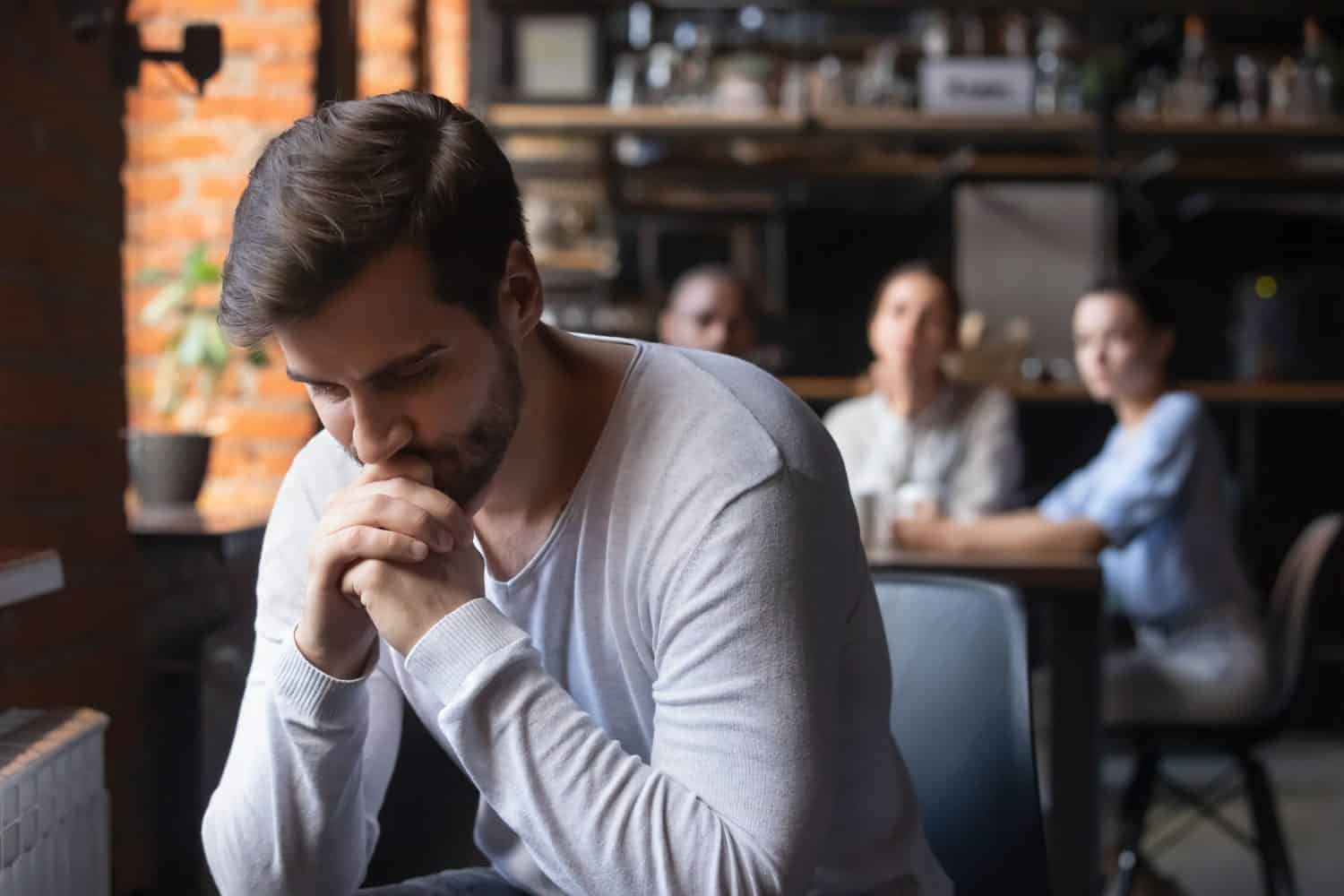
In some cases, anxiety leads to social avoidance. However, anxiety could also lead somebody to want to keep up appearances and therefore, they may attend all the social interactions they feel obligated to.
With depression, people tend to withdraw their energy and spend time alone. In their isolation, their feelings of loneliness only feel bigger. Even though someone with depression may have enjoyed socializing in the past, depression is such a heavy condition that they lose all interest.
Difference #9: Time Orientation
With anxiety, your time orientation is focused on the future. You’re always looking ahead, demonstrating a risk averse mentality while also calculating all potential dangers. It’s a state of living in the future, concocting scenarios that haven’t happened and in most cases, won’t. However, for a person with anxiety, these scenarios feel real.
With depression, the time focus is typically on the past. There’s a lot of rumination about past mistakes, big losses, and any failures that may still be weighing heavily on you. It’s a “stuck” feeling with a focus on things that have happened and that you have no more control over. This is what weighs a person with depression down so much. They feel helpless.
Difference #10: Treatment Options
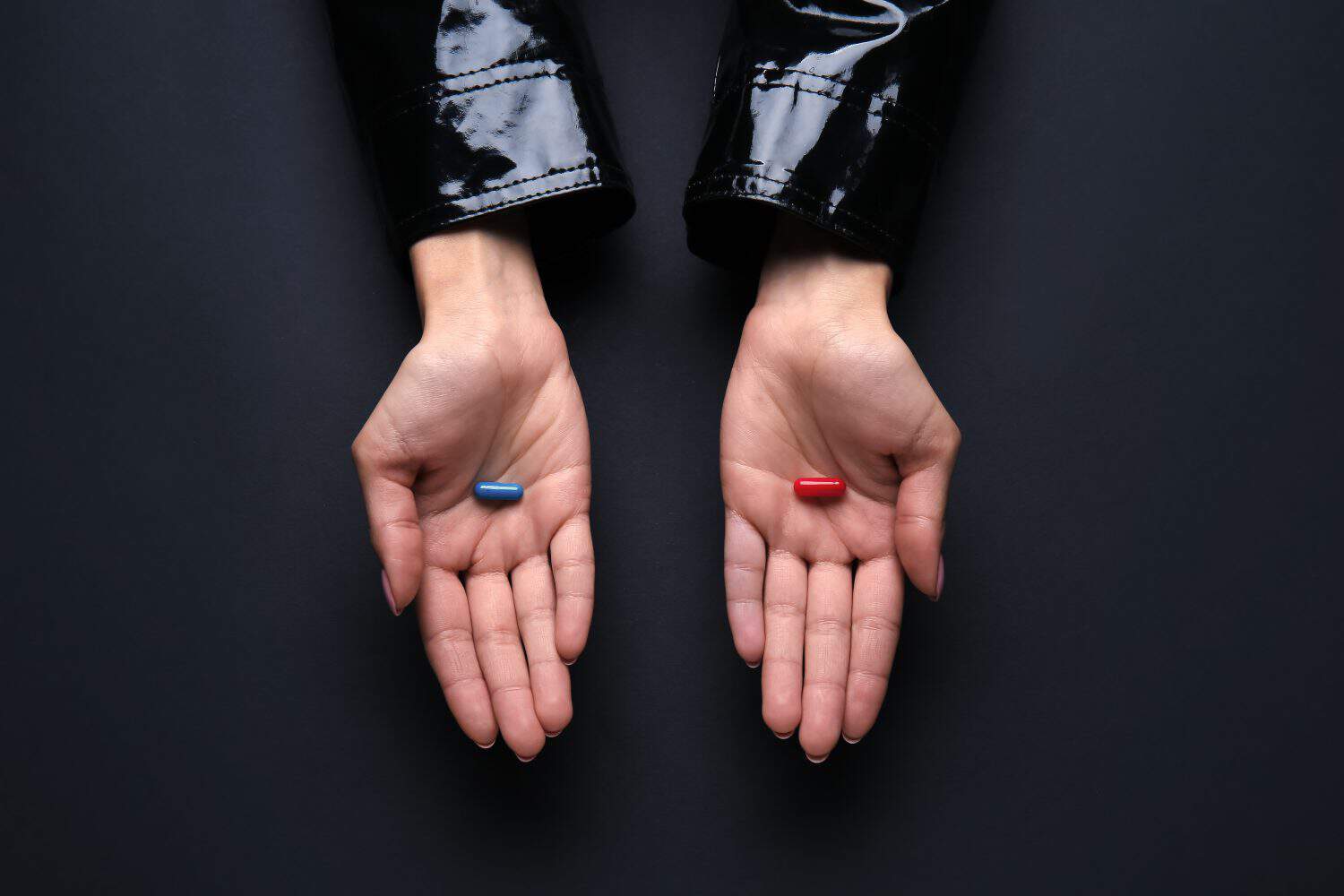
Both anxiety and depression are treated with talk therapy or medication (sometimes both). If you present with symptoms of both anxiety and depression, there may be some medications that work well to treat both. However, typically, antidepressants are prescribed for depression and beta blockers or benzodiazepines are prescribed for anxiety.
